Diamond Perch - Enneacanthus gloriosus
incl. VAT plus shipping costs
Immediate delivery, express possible ![]()
More than 20 Articles in stock
-10% EXTRA-RABATT
auf Deinen gesamten Warenkorb!!
- Item no: 6264
Fast delivery times
All products are in stock with us!14 years of breeding experience
Let our team of experts advise you!High customer satisfaction
from over 3,000 reviews "The Diamond Perch is practically an old hand among aquarium fish and is scientifically known as Enneacanthus gloriosus. This cold water fish belongs to the sunfishes and originates from quite soft and slow flowing to stagnant waters along the American east coast. With its great appearance, it lives up to its trivial name of "worker's discus".
The Diamond Perch has the typical perch body with flat sides and features a gray-brown base color that is speckled with small white spots. These shimmer quite turquoise and sparkle, which is why the diamond perch got its name. Juvenile animals show 5-8 vertical dark bands on the flanks, but these fade with age. They can reach up to 10 cm, slightly less in the aquarium.
Males and females can be distinguished externally mainly by the more intense coloration of the males. Especially during the mating season they sparkle and shine with green and blue spots. In order for them to reproduce, a cold period in winter is important, this should be between 4-10 degrees, for this they can also be moved to the cold cellar. They are ground breeders, in which females lay up to 7000 eggs in shallow depressions in the ground in one spawning season, in some cases they also swirl them up from there, so that the eggs stick to plants. The male guards the nest and even defends it from the female. After the egg yolk stage, the young feed independently on zooplankton and the male's brood care instinct ceases. Especially in fine plants the young stay the first time.
The aquarium for these group fish should have an edge length of at least 80 cm. Fine gravel or sand is suitable as substrate. With stones and roots territorial markings can be made, which the fish like to use, especially the males become territorial during courtship. Regular water changes are obligatory for these comrades, as they do not tolerate polluted old water very well. Denser plant populations also contribute to their well-being. Their water temperature can be up to 26 °C, but 10-20 °C would be optimal. They do not need an aquarium heater, however, a constant pH value of 7-7.5is important.
The Diamond Perch is rather a gourmet, which is difficult to feed with dry food in some places. However, they can be well supplied with live and frozen food such as mosquito larvae, daphnia and similar.
Our food recommendation: NatureHolic Cichfeed is a prima staple food for all carnivorous cichlids in the aquarium, which perfectly meets their requirements for food composition. The tasty pearls are also very well eaten by larger cichlids. Thanks to their soft texture, NatureHolic Cichfeed food pearls are gentle on the mouth and can be eaten very well by the fish.
Our plant recommendation: Use NatureHolic InVitros for planting. These are free of snails, planarians and other unwanted co-inhabitants. Also free of algae spores, bacteria and fungi.
Expert Tip: We recommend the NatureHolic 3 Phase Liquid when keeping them. The care set offers the best all-round protection for your animals. It ensures optimal conditions for successful breeding and keeping.
| Scientific name: | Enneacanthus gloriosus |
| German Name: | Gill spotted diamondback perch |
| Difficulty level: | advanced |
| Origin/Distribution: | East America |
| Appearance: | grayish-brown base color with white spots, at mating time also green and blue in the male, which sparkle to give it its name |
| Age expectancy | 4 to 6 years |
| Water parameters: | GH 10-30, KH 6-30, pH 6.4-7.5, temperature 10-26° C, optimum 20° C |
| Tank size: | from 80 cm |
| Food | Carnivores/upstarters, live and frozen food, mosquito larvae, feeder shrimp, artemia, granules, flake food, sticks Natureholic Cichfeed |
| Breeding | medium |
| Behavior | territorial/aggressive towards conspecifics |
| Group size | 5 animals or more |

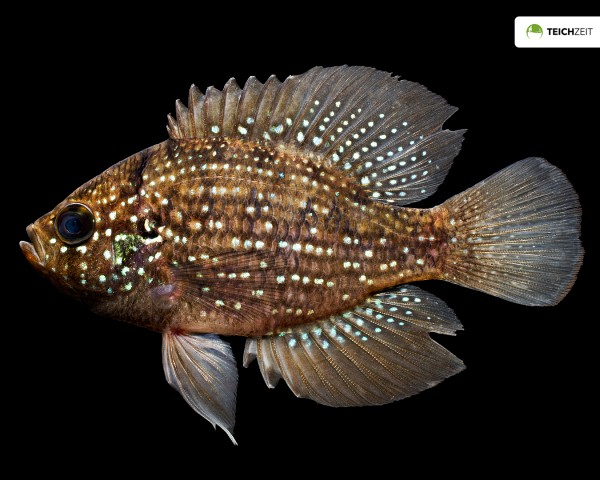

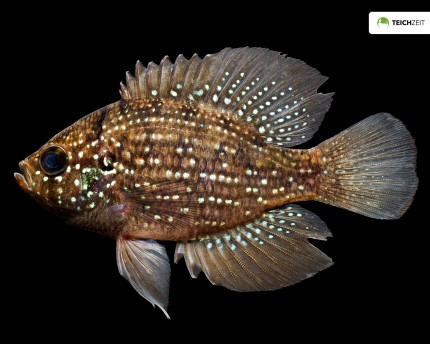
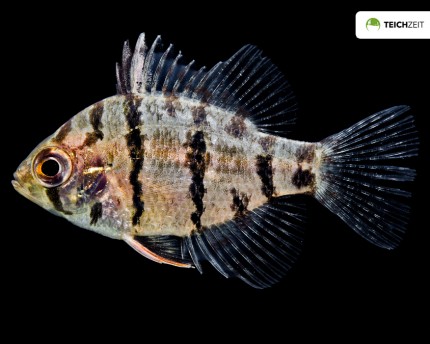
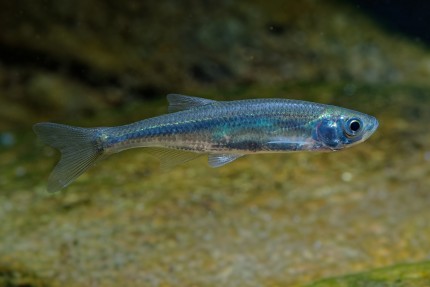

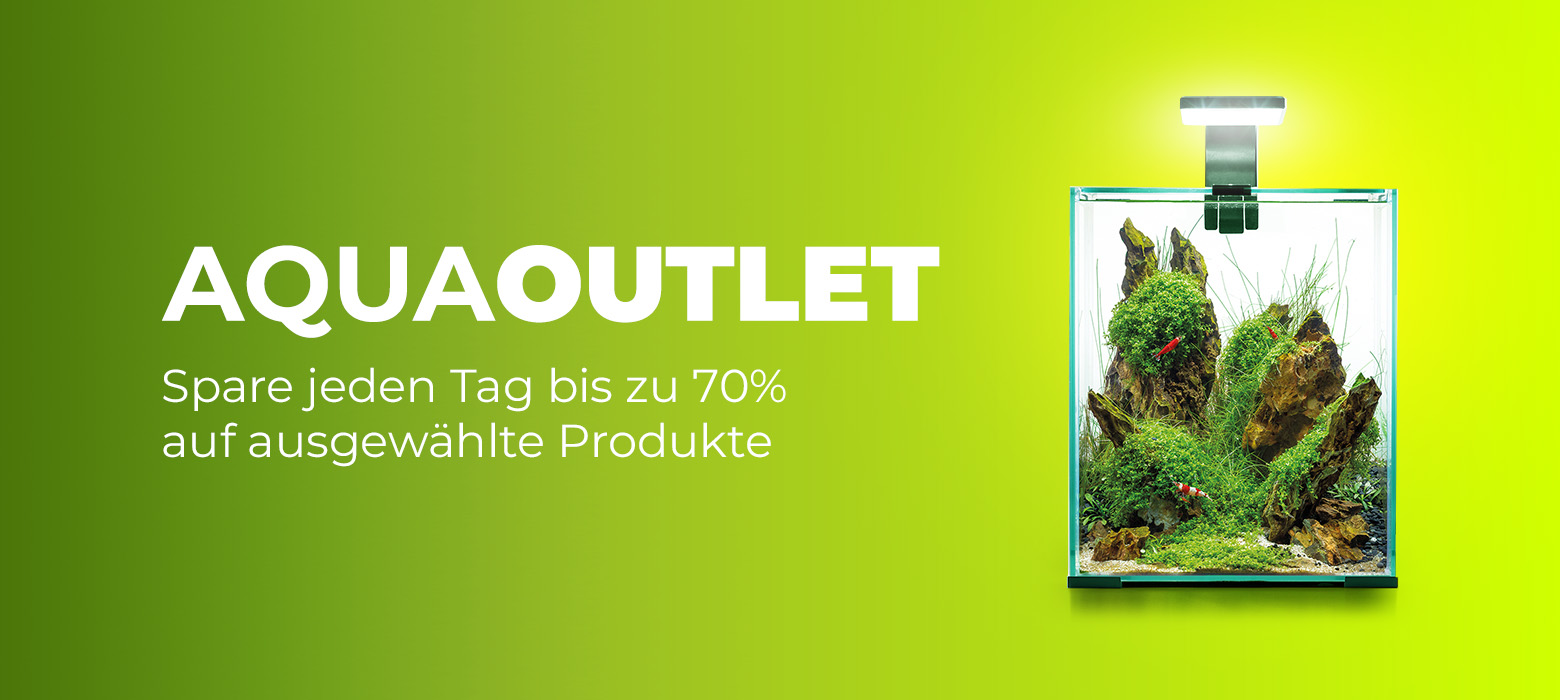
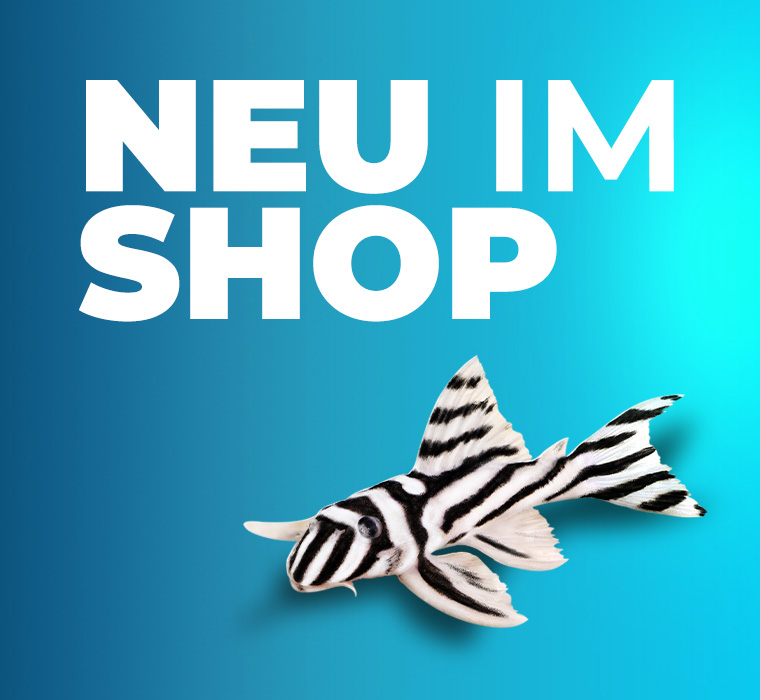
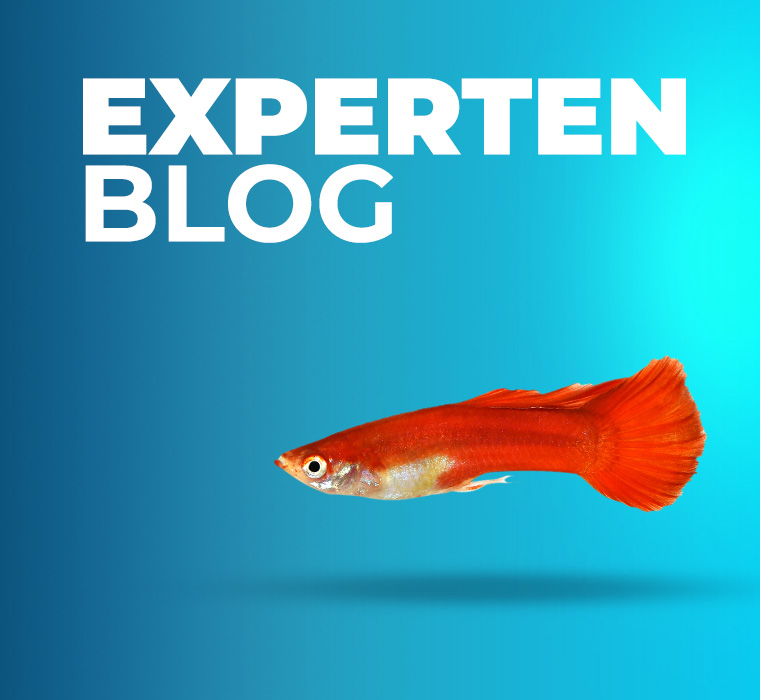

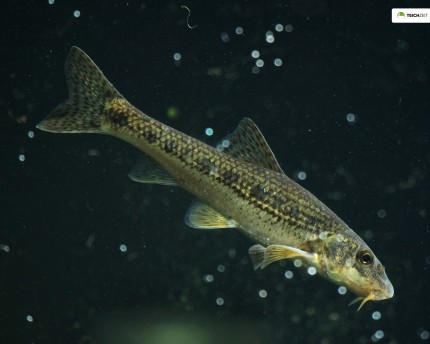
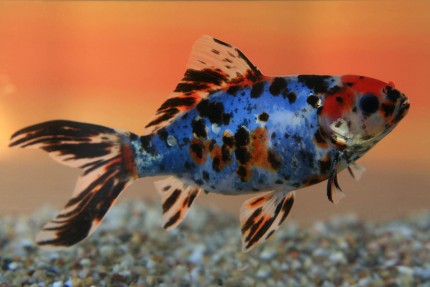
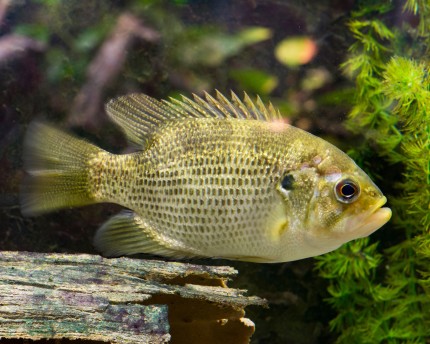
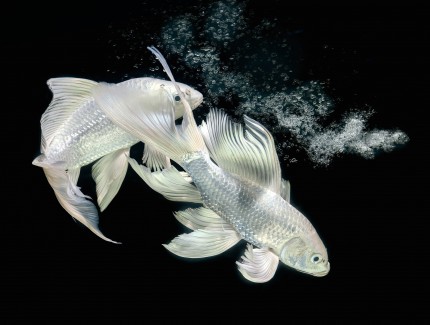
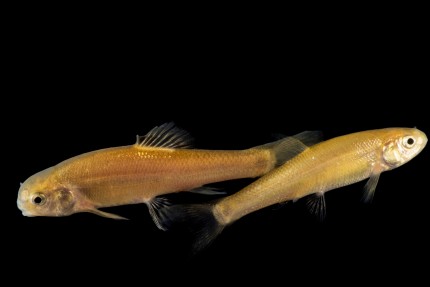
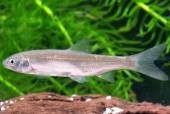
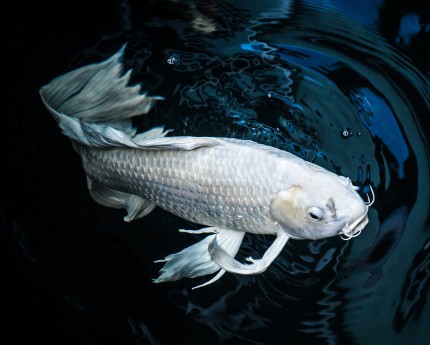
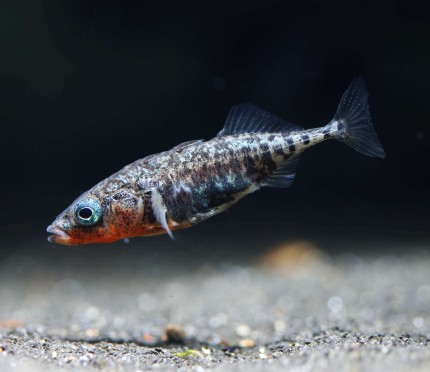
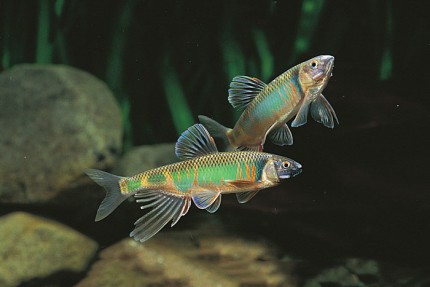
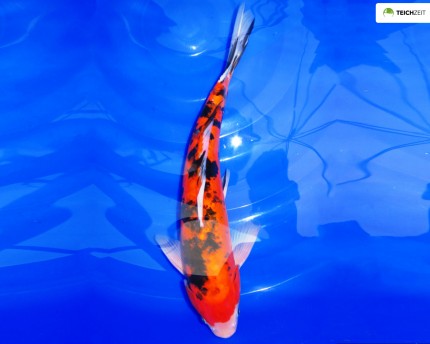
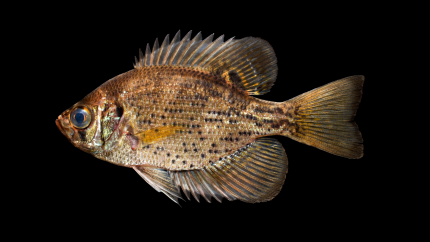
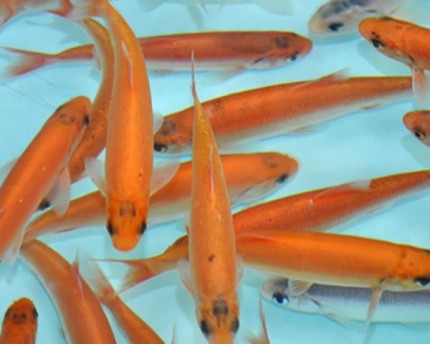
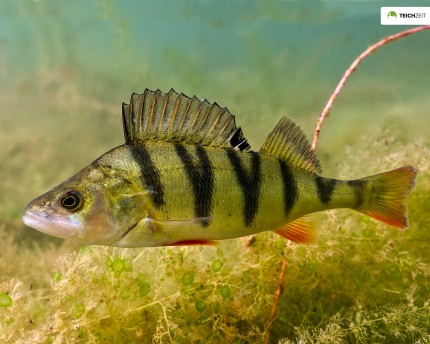
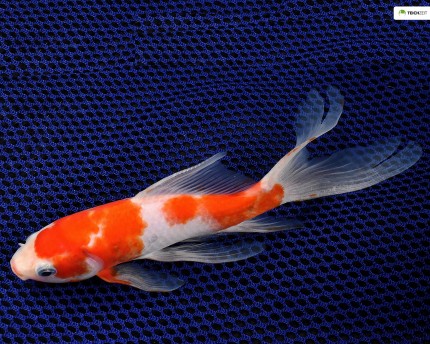
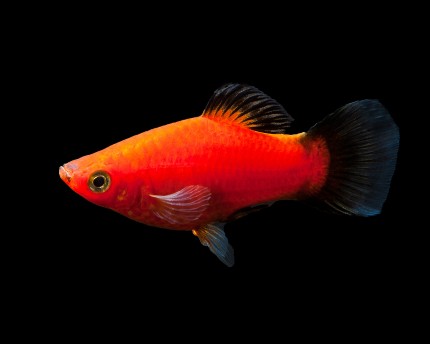
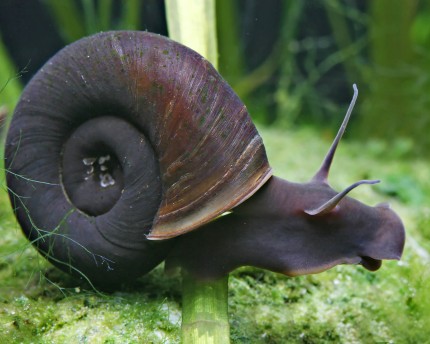
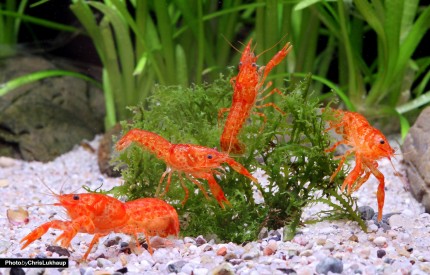
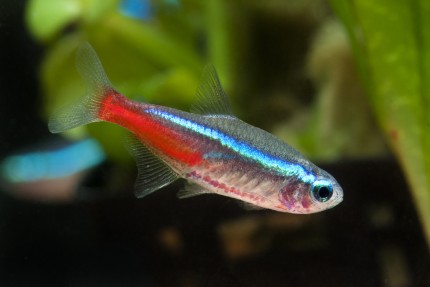
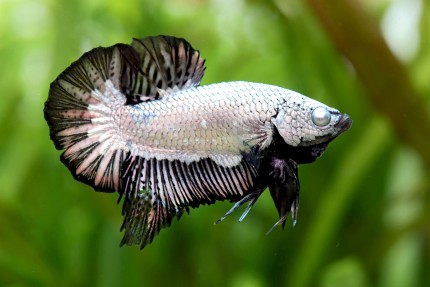
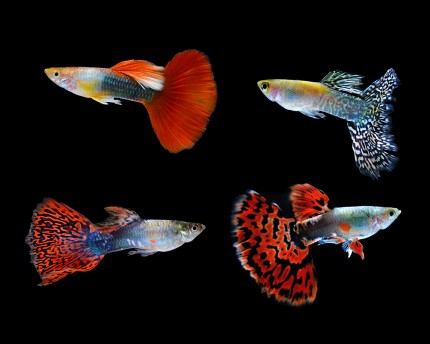
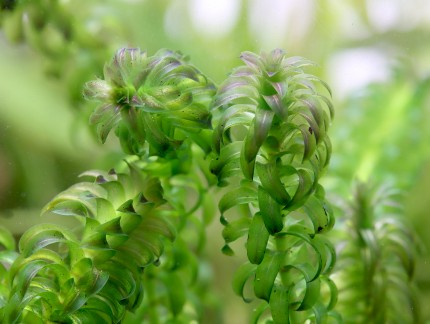
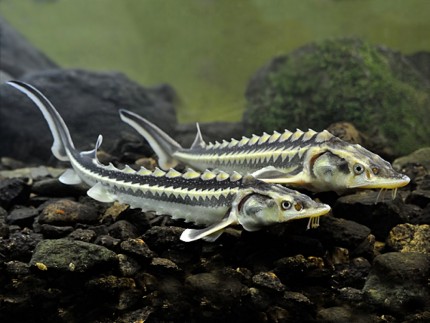
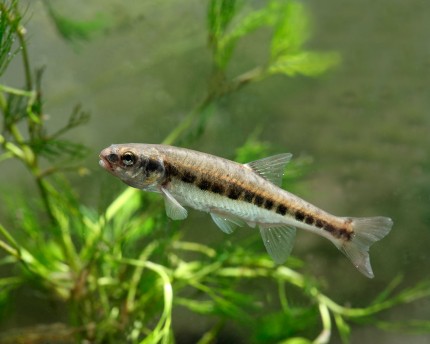
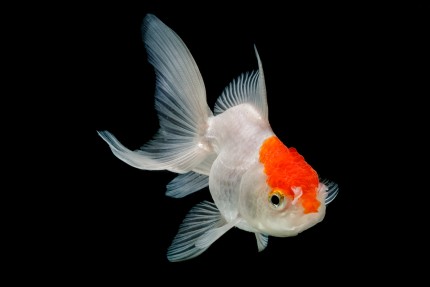
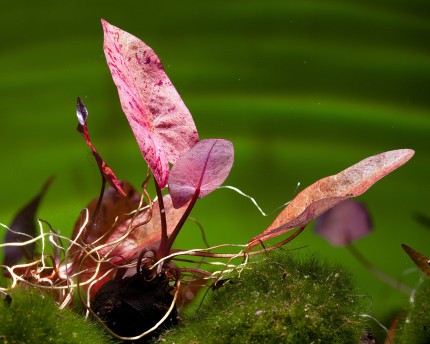
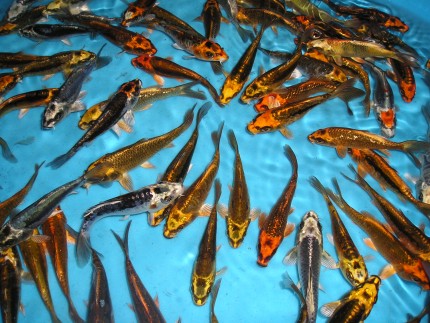

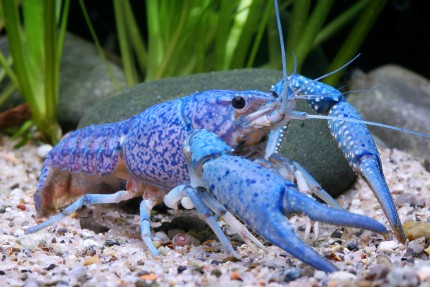
The fields marked with * are required.
I have taken note of the privacy policy.